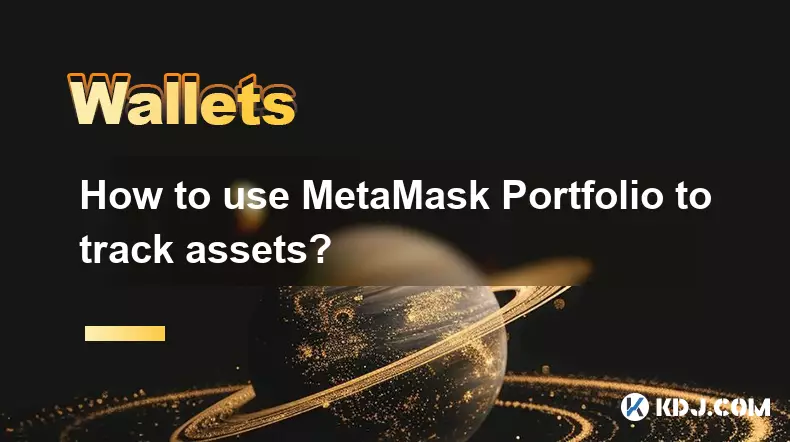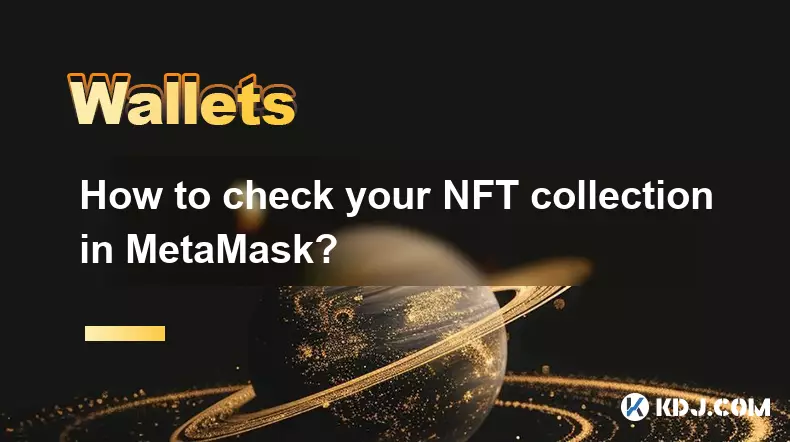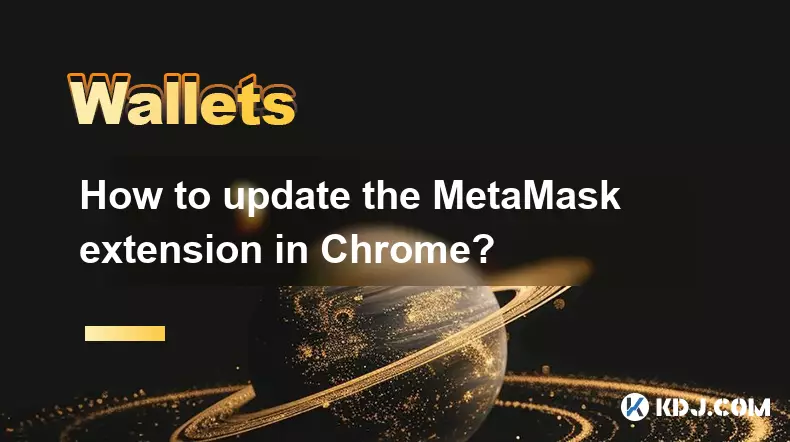-
 bitcoin
bitcoin $105968.894684 USD
4.17% -
 ethereum
ethereum $3639.320047 USD
7.62% -
 tether
tether $1.000339 USD
0.06% -
 xrp
xrp $2.407774 USD
5.96% -
 bnb
bnb $1011.704193 USD
2.28% -
 solana
solana $166.942754 USD
6.37% -
 usd-coin
usd-coin $1.000143 USD
0.03% -
 tron
tron $0.291515 USD
0.25% -
 dogecoin
dogecoin $0.181682 USD
4.06% -
 cardano
cardano $0.585450 USD
4.54% -
 hyperliquid
hyperliquid $42.099968 USD
5.20% -
 chainlink
chainlink $16.160745 USD
5.45% -
 zcash
zcash $645.269648 USD
12.96% -
 bitcoin-cash
bitcoin-cash $507.430338 USD
2.80% -
 stellar
stellar $0.290357 USD
3.69%
How to understand network fees in Coinbase Wallet?
Network fees in Coinbase Wallet are charges paid to miners or validators for processing transactions, determined by blockchain demand—not Coinbase.
Nov 06, 2025 at 08:45 am

What Are Network Fees in Coinbase Wallet?
1. Network fees in Coinbase Wallet refer to the charges users pay to miners or validators on a blockchain network to process and confirm transactions. These fees are not set by Coinbase but are determined by the underlying blockchain, such as Ethereum, Bitcoin, or Polygon.
2. When you send cryptocurrency from your Coinbase Wallet, the transaction must be verified and added to a block on the blockchain. Miners or validators perform this task, and they prioritize transactions with higher fees. This means that if network congestion is high, more users compete to get their transactions processed quickly, driving up the average fee.
3. The wallet estimates the network fee based on current demand and suggests a standard rate. However, users can sometimes adjust the fee manually, especially on networks like Ethereum, where gas prices fluctuate frequently.
4. It’s important to understand that these fees go directly to the blockchain network, not to Coinbase. The company does not profit from them. They are a necessary part of ensuring secure and timely transaction processing across decentralized systems.
Network fees are dynamic and reflect real-time conditions on the blockchain.Factors That Influence Network Fee Amounts
1. Blockchain congestion plays a major role in determining how high network fees will be. During periods of high activity—such as during NFT minting events or large market movements—the number of pending transactions increases, causing fees to rise.
2. Transaction complexity also affects the cost. For example, sending a simple token transfer requires less computational work than interacting with a smart contract. More complex actions, like approving token spending or swapping tokens via a decentralized exchange, consume more gas on Ethereum-based networks.
3. The size of the transaction data matters. Transactions with multiple inputs or outputs take up more space in a block, leading to higher fees on blockchains like Bitcoin where fees are calculated per byte.
4. Users have the option to choose speed. Coinbase Wallet typically offers low, medium, and high fee settings. Selecting a higher fee increases the likelihood that miners or validators will include your transaction in the next block, resulting in faster confirmation times.
Choosing a fee level is a trade-off between cost and processing speed.How to View and Manage Fees in Coinbase Wallet
1. Before confirming any transaction, Coinbase Wallet displays an estimated network fee. This appears in both the native cryptocurrency (like ETH for Ethereum) and its fiat equivalent, helping users understand the real-world cost.
2. On supported networks, users can tap “Edit” or “Change” next to the fee suggestion to customize the gas price or limit. This feature is particularly useful for advanced users who want to optimize costs during low-traffic periods.
3. The wallet provides educational tooltips explaining terms like “gas,” “Gwei,” and “transaction priority.” These help newcomers grasp why fees vary and how they impact transaction success.
4. If a transaction is stuck due to a low fee, Coinbase Wallet may offer a “Speed Up” option. This allows users to rebroadcast the transaction with a higher fee, incentivizing miners to prioritize it without creating a duplicate transfer.
Transparent fee previews empower users to make informed decisions before sending funds.Common Misconceptions About Coinbase Wallet Fees
1. Some users believe Coinbase sets or profits from network fees. In reality, the company has no control over these charges. They are dictated entirely by the blockchain’s consensus mechanism and market dynamics.
2. Another misconception is that all wallets charge the same fees. While the base blockchain rules apply universally, different wallets may use varying fee estimation algorithms, leading to slightly different suggestions.
3. Users often think failed transactions still result in value transfer. A failed transaction consumes the network fee because computational resources were used, even though the intended action (like sending tokens) did not complete.
4. There's also confusion about receiving fees. Unlike sending, receiving cryptocurrency usually doesn’t incur a network fee. The sender bears the full cost of initiating and confirming the transaction on the network.
Frequently Asked Questions
Why did my transaction fail even after paying a network fee?Transactions can fail due to insufficient gas limits, incorrect parameters, or smart contract errors. Even when a fee is paid, failure means the network executed the request unsuccessfully, and the fee is non-refundable as it compensates for computational work.
Can I get a refund for a high network fee?No. Once a transaction is broadcasted to the blockchain, the fee is collected by miners or validators. Coinbase cannot reverse or refund these fees, as they are outside its control and embedded in the decentralized network’s protocol.
Do network fees apply when I swap tokens within Coinbase Wallet?Yes. Token swaps involve executing smart contracts on blockchains like Ethereum or Polygon, which require gas. The fee covers the computational effort needed to complete the swap through decentralized liquidity protocols.
How can I reduce network fees when using Coinbase Wallet?You can wait for periods of lower network congestion, choose networks with inherently lower fees (like Polygon instead of Ethereum), or manually adjust gas settings to a lower priority if available. Simpler transactions also tend to cost less.
Disclaimer:info@kdj.com
The information provided is not trading advice. kdj.com does not assume any responsibility for any investments made based on the information provided in this article. Cryptocurrencies are highly volatile and it is highly recommended that you invest with caution after thorough research!
If you believe that the content used on this website infringes your copyright, please contact us immediately (info@kdj.com) and we will delete it promptly.
- BMW, Speeding, Biker Killed: A Deadly Intersection of Speed and Luxury
- 2025-11-10 16:30:06
- Pi Network's Decentralized Future: Mainnet Milestones and a Community with Heart
- 2025-11-10 14:55:01
- Bybit's On-Chain Earn: Stake Polkadot (DOT) and Tokenized Equities Take Center Stage
- 2025-11-10 15:35:01
- Bitcoin Seizure, China Scam, and Wealth Fraud: A Deep Dive
- 2025-11-10 15:30:01
- Pi Network, Autonomous Accounting, and Global Finance: A New Era?
- 2025-11-10 15:10:01
- PUMP Token: An In-Depth Look at Market Movements and Institutional Interest
- 2025-11-10 15:00:01
Related knowledge

How to use MetaMask Portfolio to track assets?
Nov 08,2025 at 05:40am
Getting Started with MetaMask Portfolio1. Download and install the MetaMask mobile app from the App Store or Google Play. Open the app and select 'Imp...

MetaMask not popping up: how to fix this issue?
Nov 10,2025 at 05:59am
Understanding the MetaMask Pop-Up Issue1. MetaMask is one of the most widely used cryptocurrency wallets, especially for interacting with decentralize...

How to send ETH from Binance to MetaMask?
Nov 10,2025 at 04:40am
Sending ETH from Binance to MetaMask: A Step-by-Step GuideTransferring Ethereum (ETH) from your Binance account to your MetaMask wallet is a common op...

How to check your NFT collection in MetaMask?
Nov 06,2025 at 08:20pm
Accessing Your NFTs in MetaMask Wallet1. Open the MetaMask browser extension or mobile app and ensure you are logged into your wallet account. Once in...

Why is the MetaMask swap feature failing?
Nov 06,2025 at 09:20pm
Understanding MetaMask Swap FailuresMetaMask, one of the most widely used cryptocurrency wallets, enables users to swap tokens directly within the int...

How to update the MetaMask extension in Chrome?
Nov 08,2025 at 07:39am
Updating the MetaMask extension in Chrome is a simple process that ensures you have access to the latest security features, performance improvements, ...

How to use MetaMask Portfolio to track assets?
Nov 08,2025 at 05:40am
Getting Started with MetaMask Portfolio1. Download and install the MetaMask mobile app from the App Store or Google Play. Open the app and select 'Imp...

MetaMask not popping up: how to fix this issue?
Nov 10,2025 at 05:59am
Understanding the MetaMask Pop-Up Issue1. MetaMask is one of the most widely used cryptocurrency wallets, especially for interacting with decentralize...

How to send ETH from Binance to MetaMask?
Nov 10,2025 at 04:40am
Sending ETH from Binance to MetaMask: A Step-by-Step GuideTransferring Ethereum (ETH) from your Binance account to your MetaMask wallet is a common op...

How to check your NFT collection in MetaMask?
Nov 06,2025 at 08:20pm
Accessing Your NFTs in MetaMask Wallet1. Open the MetaMask browser extension or mobile app and ensure you are logged into your wallet account. Once in...

Why is the MetaMask swap feature failing?
Nov 06,2025 at 09:20pm
Understanding MetaMask Swap FailuresMetaMask, one of the most widely used cryptocurrency wallets, enables users to swap tokens directly within the int...

How to update the MetaMask extension in Chrome?
Nov 08,2025 at 07:39am
Updating the MetaMask extension in Chrome is a simple process that ensures you have access to the latest security features, performance improvements, ...
See all articles





















![The Graph Price Prediction [GRT Crypto Price News Today] The Graph Price Prediction [GRT Crypto Price News Today]](/uploads/2025/11/07/cryptocurrencies-news/videos/690d4df44fe69_image_500_375.webp)




















































